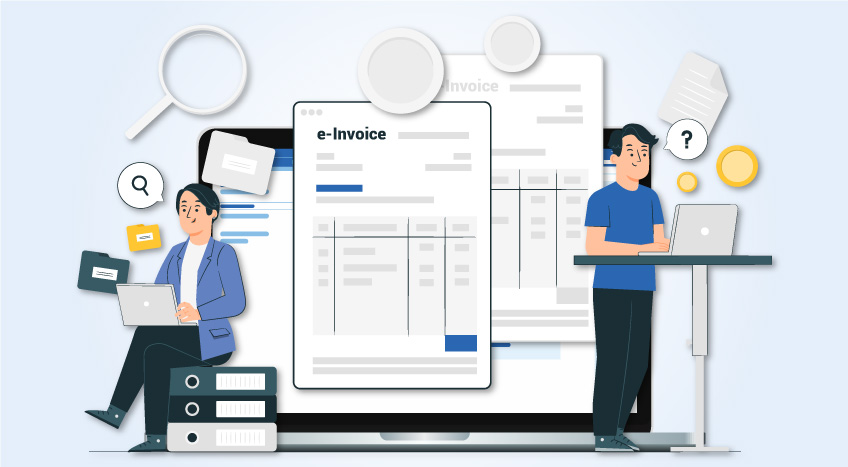Input tax is the tax paid by a person on purchases or inward supplies. A major element of VAT in UAE is the provision to recover the tax paid on inputs. This means that a person can reduce the value of input tax eligible for recovery from the tax payable and only pay the balance amount as tax. This ensures that tax is paid only on the value-added at each stage in the supply chain. Hence, the amount of input tax eligible for recovery plays an important role in the cash flow and operating expenses under VAT.
Let us first understand how input tax recovery works.
Process of input tax recovery
Example: In January '18, Jehan & Co, in Abu Dhabi purchases 10 desktop computers @ AED 1,000 each. On this purchase, Jehan & Co. pays VAT @ 5% of AED 500. In the same month, Jehan & Co. supplies 20 desktop computers @ AED 2,000 to a consumer. VAT @ 5% is collected by Jehan & Co. on the supply, amounting to AED 2,000.
Here, output tax payable by Jehan & Co. for the month of January '18 is AED 2,000.
Input tax recoverable for the month of January '18 is AED 500
Tax payable = Output tax payable - input tax recoverable
Hence, tax payable by Jehan & Co. for the month of January, '18 is AED 2,000 (Output tax payable) - AED 500 (Input tax recoverable) = AED 1,500.
Here, as you can observe, the tax paid on purchase by Jehan & Co. can be used to reduce their output tax payable. Only the balance tax payable is required to be remitted to the Government.
Conditions for input tax recovery
A registered business can recover the VAT paid on purchase of goods and services used for business purposes and subject to certain conditions. These conditions to be satisfied are:
Should be used to make Taxable supplies
The supplies on which tax is liable to be paid are called taxable supplies (i.e. supplies made at 5% or zero-rated supplies). Input VAT recovery is allowed to be claimed only on inputs used to make taxable supplies, not exempt supplies.
For example: Jehan & Co. purchases 20 units of Item A @ AED 50, for value of AED 1,000. Out of the 20 units purchased, 10 units are used to manufacture Item B, which is taxable and 10 units are used to manufacture Item C, which is exempt.
Hence, Jehan & Co. can claim input VAT recovery only for value of input used to make taxable supplies, i.e. 10 units used to manufacture Item B @ AED 50, which is AED 500.
Recipient receives and keeps the Tax Invoice
The recipient claiming input tax recovery on a supply should ensure that the Tax Invoice pertaining to the supply is received and kept in the records. The Tax Invoice should show the details of the supply related to the input tax recovery being claimed.
Recipient pays the consideration for the supply
The recipient claiming input tax recovery should pay or intend to make the payment of consideration for the supply within 6 months after the agreed date of payment for the supply.
Hence, the provision for input tax recovery is a very important component of VAT in UAE. Businesses need to ensure that they are able to correctly identify supplies on which input tax can be recovered, ensure that they fulfil the conditions for claim of input VAT recovery and claim the input VAT recovery on time. This will help in ensuring optimum cash flow and working capital in the business. All this work can be made easier by the use of a VAT software which will help automate each of these tasks with respect to input tax credit and leave you with enough time and resources for you to focus on your business.
To know the supplies for which input tax recovery is not allowed.









